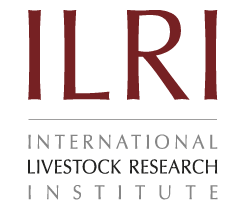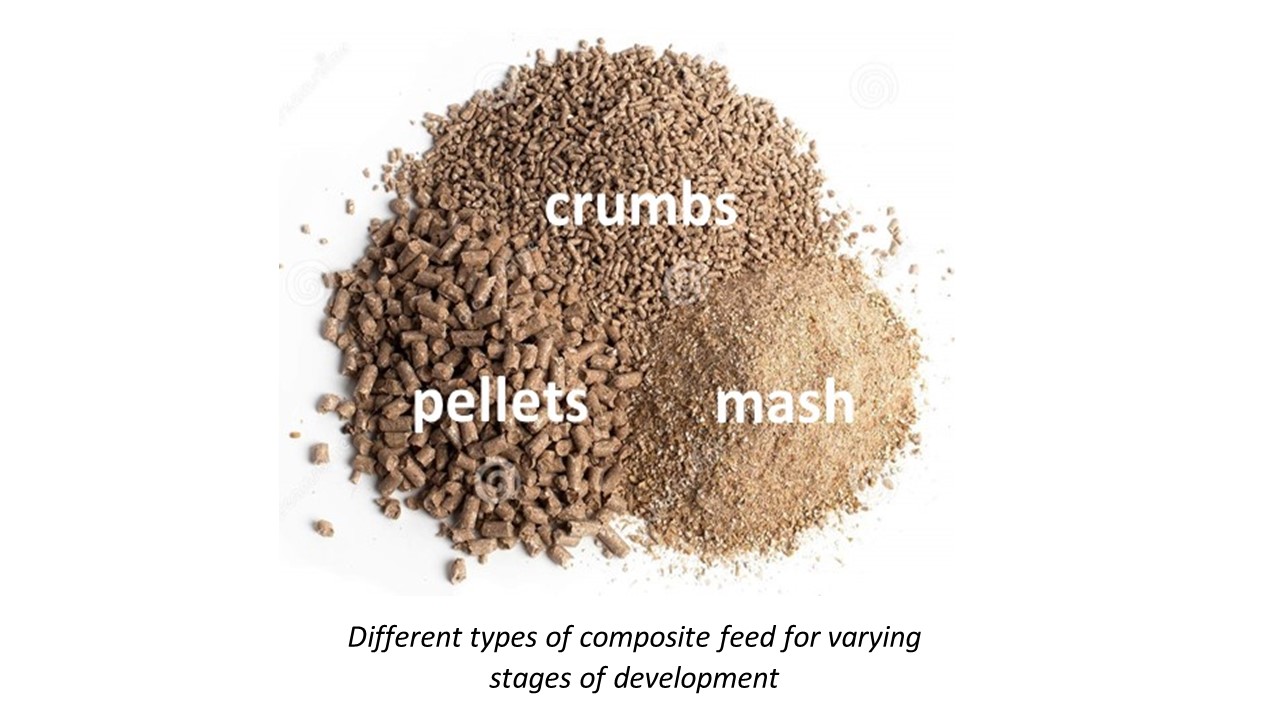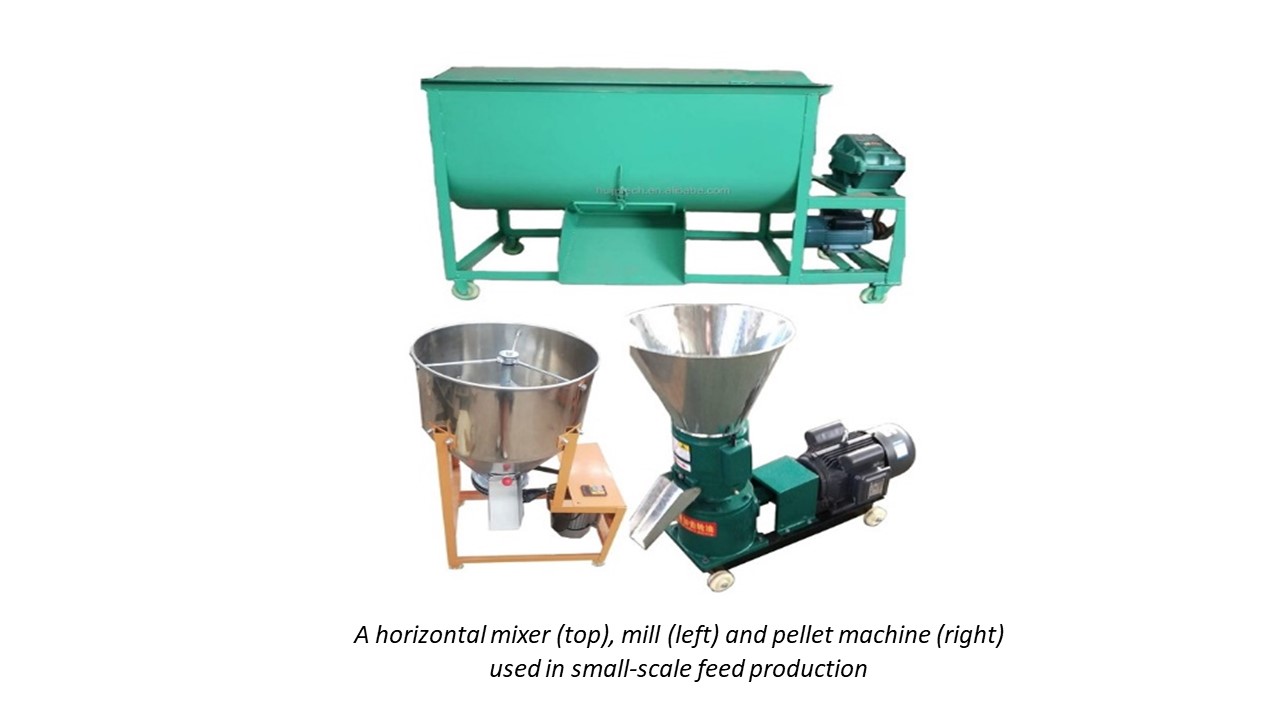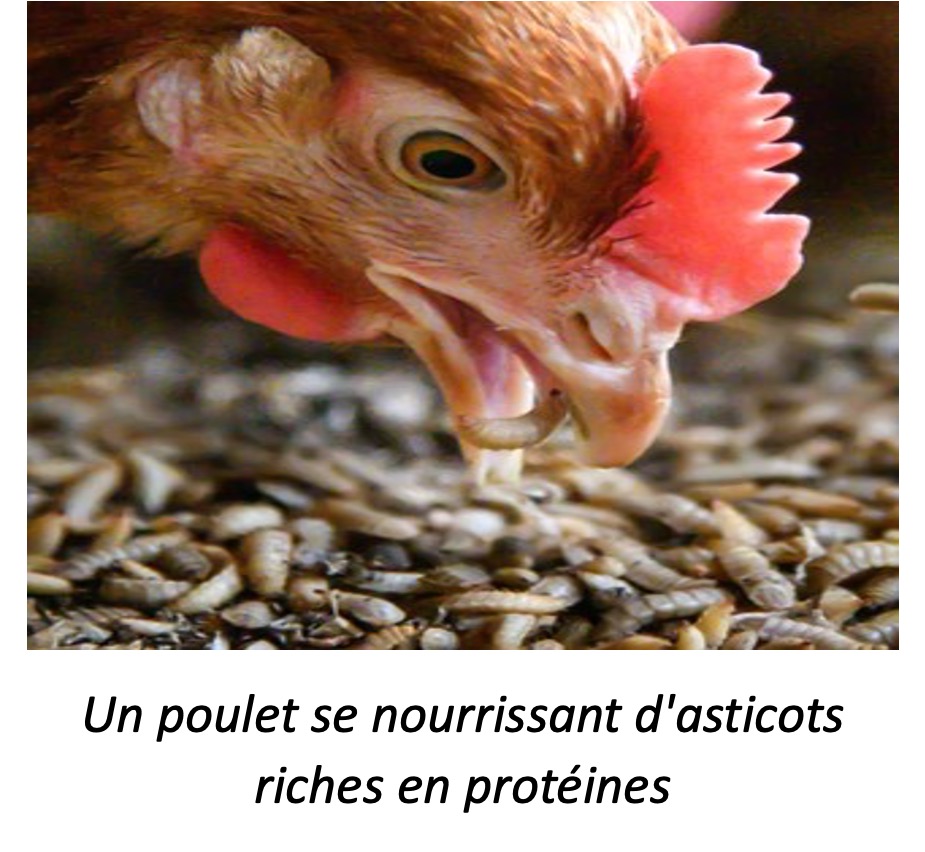Local Production of Quality Affordable Feed
Summary
Availability of safe low-cost poultry feed is a prerequisite for enterprise profitability and growth. Efficient feeding systems promote high productivity and reasonable profits despite feed generally comprising about 70% of conventional production costs. In the same way, lack of affordable and adequate feed prevents small-scale farmers from expanding their operations. This raises the possibility of producing lower cost feeds from locally available and seasonal materials. Local energy and protein ingredients may be blended and combined with purchased additives, into formulated feeds for different development stages of birds. Costs of feed can further be reduced by free ranging, use local by-products and edible leaves. Proven technologies exist to combine these diverse feed sources into systems that improve local supplies of meat and eggs and generate additional profits for local producers.
About the Solution
The purpose of locally blended feeding is to select the right combination of feeds for a balanced ration while at the same time reducing dependence on more expensive purchased feeds. Energy, protein, minerals and vitamins are required in different proportions by chickens depending on their age and level of production. Feeds falling below a critical threshold of crude protein (about 20%) impede weight gain or egg production. A simple blended feed consists of 50% maize or wheat, 21% soybeans, 14% bran, 8% oil press cake (e.g., groundnut, palm, sunflower), 2% fish and bone meal, 1.5% fortified “premix” (poultry supplement), 1% limestone and 0.5% salt. Feed formulations are further ground into mash for chicks or pelleted for larger birds. This formulation illustrates the importance of increased cereals, soybean and cooking oil production. This basic blended feed can be supplemented with other locally available or seasonal ingredients.
There is a broad range of feeds with different formulations recommended for broilers (for meat) and layers (for eggs), and chicks are provided mash rather than pellets. Inexpensive options for feeding chickens include use of kitchen wastes, fodder from free-range practice, and provision of green leaves and insects, although some of these sources are difficult to scale.
Maggots are a rich source of proteins for chickens but less available than green materials. Chickens may be fed on whole or crushed grains, including broken and off-grade cereals but care must be taken to assure that the grains are not contaminated with mycotoxins. Sprouting grains increases their vitamin contents and digestibility and may be scaled through hydroponic culture. Note that improperly stored grains and household wastes are susceptible to rot that negatively affect the health and growth of chickens. The use of dried, milled cassava peels is increasingly recognized as an alternative energy ingredient.
Traditional poultry producers have long fed locally available feed materials to chickens in household production systems, and the challenge is how best scale up this knowledge. Sprouted grains are produced by soaking seeds in in water for one to two days and then placing them in shallow trays to germinate for about seven days. The by-products of grains from milling are also suitable for poultry. Maggots can be produced by mixing fresh animal manure with dry straw in a large basin, attracting flies. This technology is scaled through production of confined Black Soldier Flies that feed upon the peels and wastes of fruit.
Commercialization
Commercially available
Solution Images
Institutions




